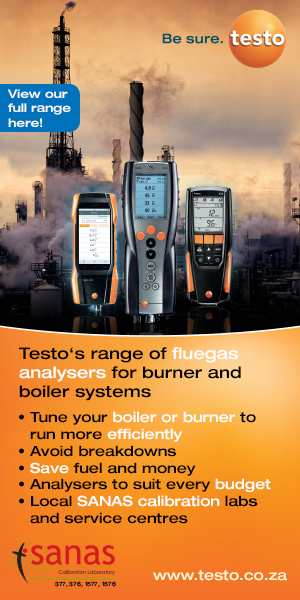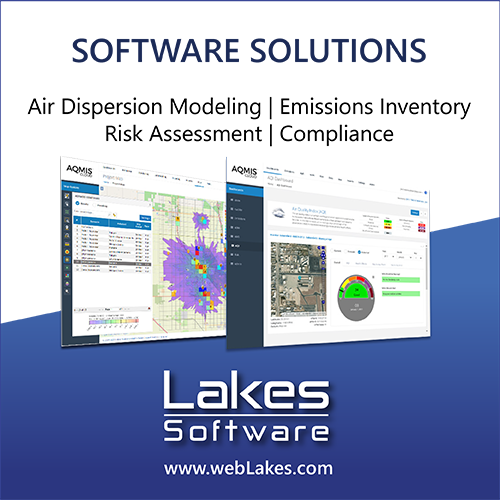Developing and testing a PM2.5 low-cost sensor in Ethiopia under ambient and indoor air pollution conditions
DOI:
https://doi.org/10.17159/caj/2023/33/2.16488Keywords:
ambient air pollution, indoor air pollution, PM2.5, Sensirion SPS30, measurement network, Arduino, low-cost sensorAbstract
PM2.5 low-cost sensors are a promising trend for low-income countries, where the PM2.5 associated burden of disease is high and few measurement instruments are available. Commercially available Sensor Systems (SSys) are relatively affordable and easy to use. They are, however, not designed for or evaluated in contexts characterized by much biomass burning, regular power interruptions and/or low internet coverage, typical for low-income countries. Alternatively, local teams can build a sensor system with PM2.5 sensors from Original Equipment Manufacturers (OEM). Existing African OEM projects depend on international partners and funding. This puts the affordability for local teams without funding into question. Furthermore, field comparisons of such sensors for ambient concentrations and indoor settings are rarely conducted in low-income contexts. In Arba Minch, Ethiopia, we developed a sensor system (SPSA) with the OEM Sensirion SPS30 and other components, together with an Arduino microprocessor, with LoRaWAN data transmission. We used the hardware and software in multiple configurations. The SPSA was used in 14 contexts typical for Ethiopia. During these tests we encountered problems that were easily solved by maintenance on location. On seven locations we collocated the SPSA with itself, gravimetric instruments and/or SSys. Amongst SPSA we found coefficients of determination (R2) of at least 0.98 for three ambient and one indoor location. The accuracy in comparison with the gravimetric method was 16% under ambient and 13% under indoor circumstances. This is lower than the internationally required 25%. The R2 in comparison to two SSys was 0.91-0.98 under ambient and 0.88-1.00 under indoor circumstances. The SPSA is a versatile sensor system that can be used in both ambient and indoor air pollution circumstances. Local development without international partners and funding resulted in local experience gaining, low costs, local ownership, and the possibility of tailoring the system to local needs regarding power and connectivity.
Downloads
Downloads
Published
Issue
Section
License
Copyright (c) 2023 Johannes Dirk Dingemanse, Afework Tademe

This work is licensed under a Creative Commons Attribution 4.0 International License.

All articles are published under a Creative Commons Attribution 4.0 International License; copyright is retained by the authors. Readers are welcome to reproduce, share and adapt the content without permission provided the source is attributed.








.png)